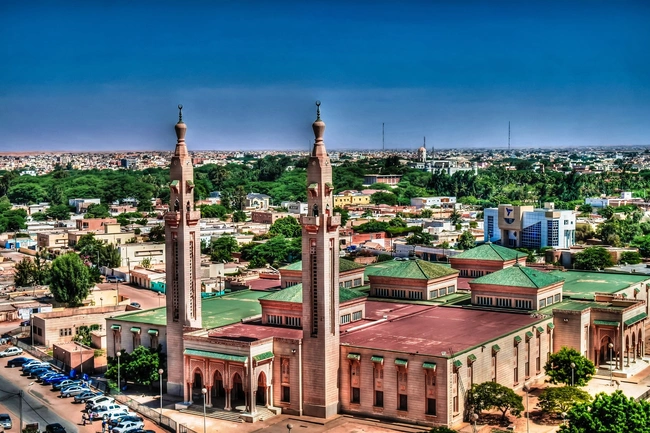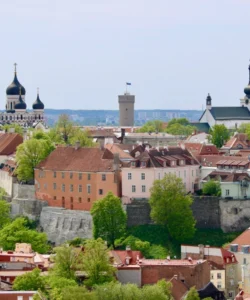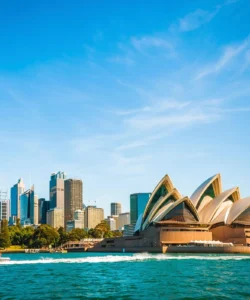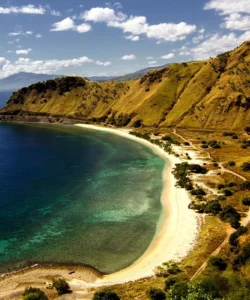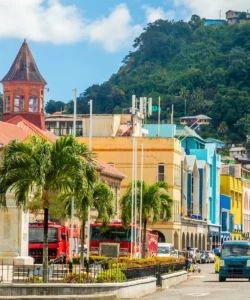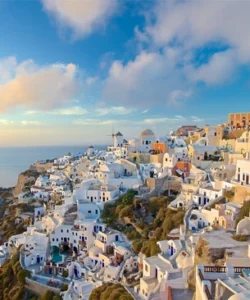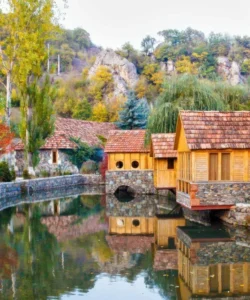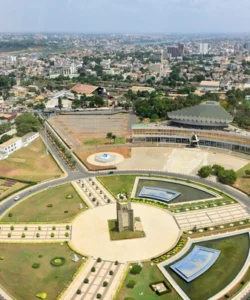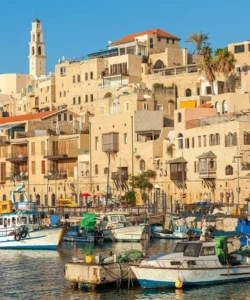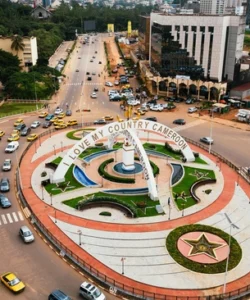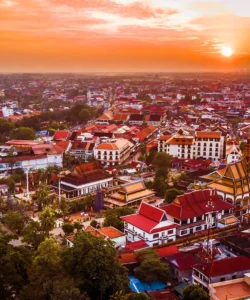Mauritania, located in West Africa, is a captivating country with a rich history and diverse landscapes, from vast desert plains to the Atlantic coastline.
![]()
Area & Population: Mauritania covers approximately 1,030,070 sq. km (419,212 sq. mi.), making it slightly larger than Texas and New Mexico combined. Its population is estimated at around 5 million (2024), making it one of the least densely populated countries in the world.
Capital & Major Cities: The capital city is Nouakchott, a bustling urban center on the Atlantic coast. Other significant cities include Nouadhibou, Kiffa, Zouérat, Atar, Chinguetti, and Ouadane.
Language: Arabic is the official and national language. Pulaar, Soninke, and Wolof are also national languages. French is widely spoken, particularly among the educated.
Currency: The currency of Mauritania is the Mauritanian Ouguiya (MRU).
Religion: Mauritania is an Islamic republic, with Islam designated as the sole religion of the citizenry and state. Approximately 99% of the population are Sunni Muslims.
Attractions & Wonders: Mauritania offers a unique array of attractions, often steeped in ancient history and stunning natural beauty.
- Banc d’Arguin National Park: A UNESCO World Heritage Site, this coastal park is renowned for its diverse ecosystems, including coastal dunes, sandy islands, and an abundance of migratory birds. It’s a paradise for birdwatching.
- Ancient Ksour of Ouadane, Chinguetti, Tichitt and Oualata: These historic fortified towns, also UNESCO World Heritage Sites, were once vital stops along trans-Saharan trade routes. They are known for their ancient libraries, mosques, and distinctive stone architecture. Chinguetti, in particular, is celebrated for its ancient Islamic architecture and manuscripts.
- Terjit Oasis: A tranquil oasis nestled amidst towering sand dunes in the Adrar Region, offering natural pools and palm trees for relaxation.
- Richat Structure (Eye of the Sahara): A giant concentric geological formation, about 40 kilometers in diameter, visible from space. Its unique circular shape has even led to theories about it being the mythical site of Atlantis.
- Port de Pêche (Nouakchott): The lively fishing port in Nouakchott is a must-see, with dozens of colorful boats returning with their catches and a bustling market atmosphere.
- Iron Ore Train: For the adventurous, experiencing a ride on one of the world’s longest trains, transporting iron ore across the desert, is a unique and rugged experience.
- Ben Amera: A massive monolith located near Atar, considered one of the largest monoliths in the world.
- Nouadhibou Ship Graveyard: The world’s largest ship graveyard, where hundreds of rusted old ships create a fascinating, albeit eerie, sight.
Architecture: Traditional Mauritanian architecture, especially in the ancient caravan towns (ksour), reflects a blend of Sudano-Sahelian and Saharan influences. Key features include:
- Narrow, winding streets: Designed to provide shade and protection from the desert sun.
- Mosques with square minarets: A distinctive architectural element.
- Ornamental stone buildings: Using locally available stone as the primary building material due to the scarcity of wood.
- Homes with central courtyards and patios: Houses often open inwards to inner courtyards for privacy and to regulate temperatures.
- Thick stone walls and minimal openings: To keep interiors cool during the day and warm at night.
- Mud-brick construction and conical pillars: Especially in desert areas, influenced by the broader Sudano-Sahelian style.
- Geometric and organic patterns: Found in stucco, wood, and tile, often featuring interwoven shapes, rosettes, and abstract floral motifs.
Roads: Road conditions in Mauritania vary from fair to poor. While some main roads are paved, most other roads are unpaved sand tracks. Drifting sand and dunes can make travel challenging. Roadside assistance is non-existent, and roaming animals, bush taxis, and poorly maintained vehicles contribute to accidents. Travelers to remote desert areas are advised to travel in convoys with experienced guides, remain on well-used tracks, and carry sufficient supplies.
Hotels: The majority of hotels are concentrated in the capital, Nouakchott, offering a range of options from budget-friendly to more upscale accommodations. Some examples include FASQ Hotel, hotel alkhaima citycenter, and Urban Hotel Suites. Accommodation outside Nouakchott, especially in more remote areas, may be limited to guesthouses or basic lodging.
Restaurants & Cuisine: Mauritanian cuisine is a delicious blend of North African and West African influences, often featuring staples like rice, fish, and meat.
- Thieboudienne (Cheb-u-jin): Considered the national dish, this coastal dish features fish and rice served with a white and red tomato-based sauce.
- Méchoui: Whole roasted lamb, a celebratory dish.
- Samak Mutabal: Spiced fish.
- Couscous: A common dish, often served with meat and vegetables.
- Tagine: A slow-cooked stew, often with meat, vegetables, and spices.
- Camel meat: A local delicacy, often found in stews or grilled.
- Dates: A staple fruit, often served with tea.
- Mint Tea: A ubiquitous and important part of Mauritanian hospitality, often served with a ritualistic pouring from a height.
While specific popular restaurants may not be widely known internationally, local eateries and hotel restaurants in cities like Nouakchott will offer a taste of traditional Mauritanian fare.
